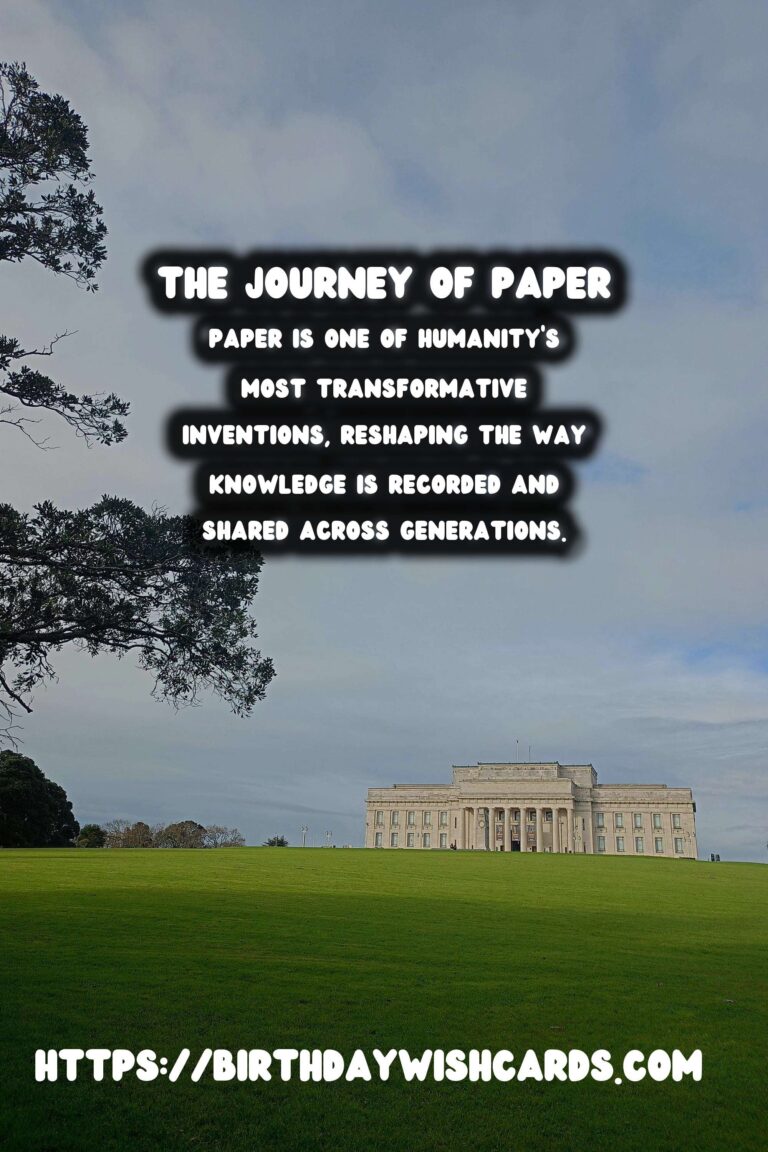
Paper is one of humanity’s most transformative inventions, reshaping the way knowledge is recorded and shared across generations. Its impact on cultural, educational, and economic development is immeasurable. This article explores the fascinating history of paper, tracing its origins, evolution, and the profound cultural significance it holds today.
The Origins of Paper
The history of paper begins in ancient China, dating back to the early 2nd century AD. Cai Lun, a court official of the Eastern Han Dynasty, is traditionally credited as the inventor of paper. Although the exact details of its invention remain unclear, Cai Lun reportedly developed a papermaking process that utilized raw materials like tree bark, hemp, and rags. The resulting paper was both durable and cheap to produce, marking a revolutionary advancement over previous writing surfaces such as bamboo and silk.
Initially, paper was a luxury, used predominantly by the scholar class and government officials. However, the technique gradually spread and combined with advancements in printing technology, particularly with the invention of woodblock printing, facilitated wider dissemination of texts and literacies.
Spread and Adoption in Other Cultures
The journey of paper from China to the rest of the world is a tale of cultural exchange and adaptation. By the 8th century, papermaking had reached the Islamic world, introduced by Chinese prisoners captured at the Battle of Talas. Islamic societies improved paper production techniques, and by the 10th century, paper had spread throughout the Abbasid Caliphate, becoming a staple for record-keeping and literature.
From the Islamic world, paper made its way to Europe through Spain and Italy by the 12th century, spurred by trade and the Crusades. The establishment of paper mills across Europe transformed the continent’s ability to produce written works, contributing significantly to the Renaissance period.
Cultural Significance of Paper
Paper’s cultural implications are monumental. Beyond its practical uses in administration and commerce, paper became the foundation upon which cultures documented their history, knowledge, and artistic expressions. In China, the development of calligraphy as an art form underscores paper’s aesthetic contributions. In the Islamic world, paper facilitated the golden age of science and literature, with scholars writing and preserving texts that would later influence European thought.
Further, paper played an essential role in democratizing information. With the advent of the printing press in the 15th century, books became accessible beyond the elite, enabling the widespread distribution of ideas and education. This accessibility brought about the Reformation and facilitated the scientific revolution, shaping modern intellectual history.
Paper in the Modern Era
Today, the role of paper has evolved, yet its cultural significance remains unshaken. Despite the digital revolution, paper continues to hold symbolic and practical importance. In academia, legal documents, currency, and creative industries, paper remains irreplaceable. Eco-friendly innovations in papermaking, such as recycling and using alternative fibers, reflect contemporary cultural values of sustainability and environmental consciousness.
In conclusion, the history of paper is not merely about an invention; it’s a testament to human ingenuity and cultural exchange. Its origins in China, subsequent travels across continents, and enduring significance underscore the essential role paper has played and continues to play in the tapestry of human history.
Paper is one of humanity’s most transformative inventions, reshaping the way knowledge is recorded and shared across generations. By the 8th century, papermaking had reached the Islamic world, introduced by Chinese prisoners captured at the Battle of Talas. 
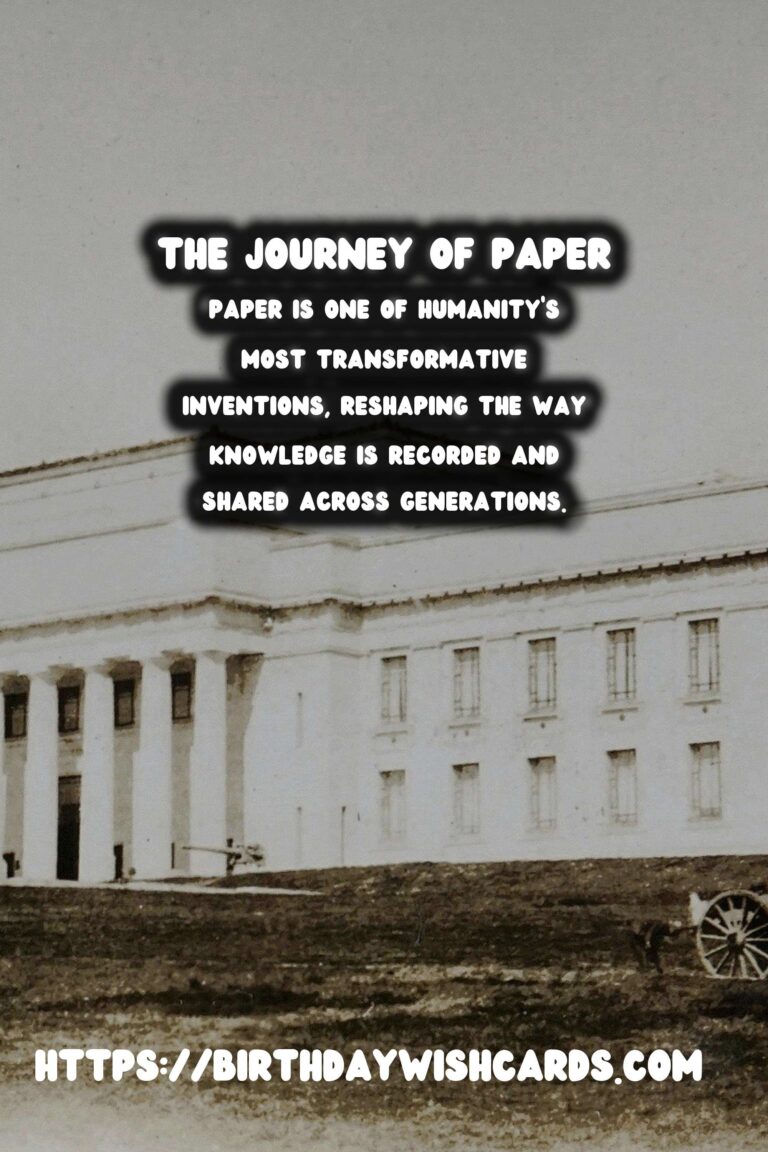

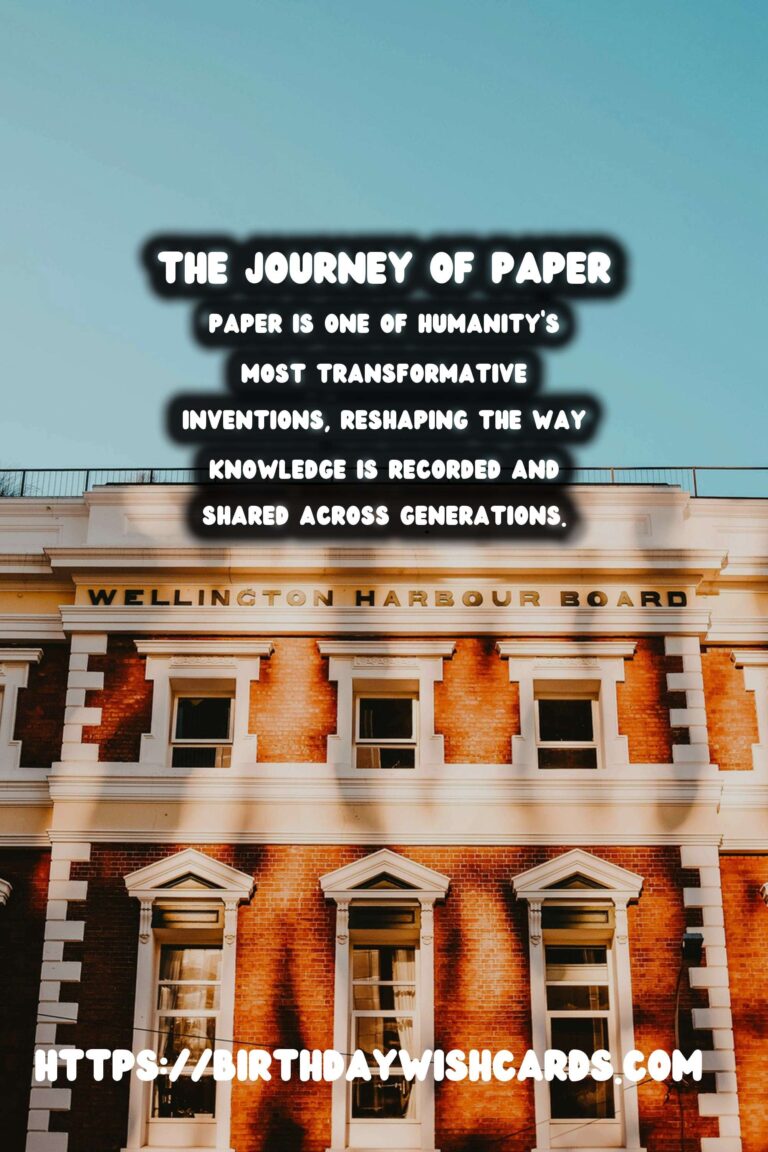
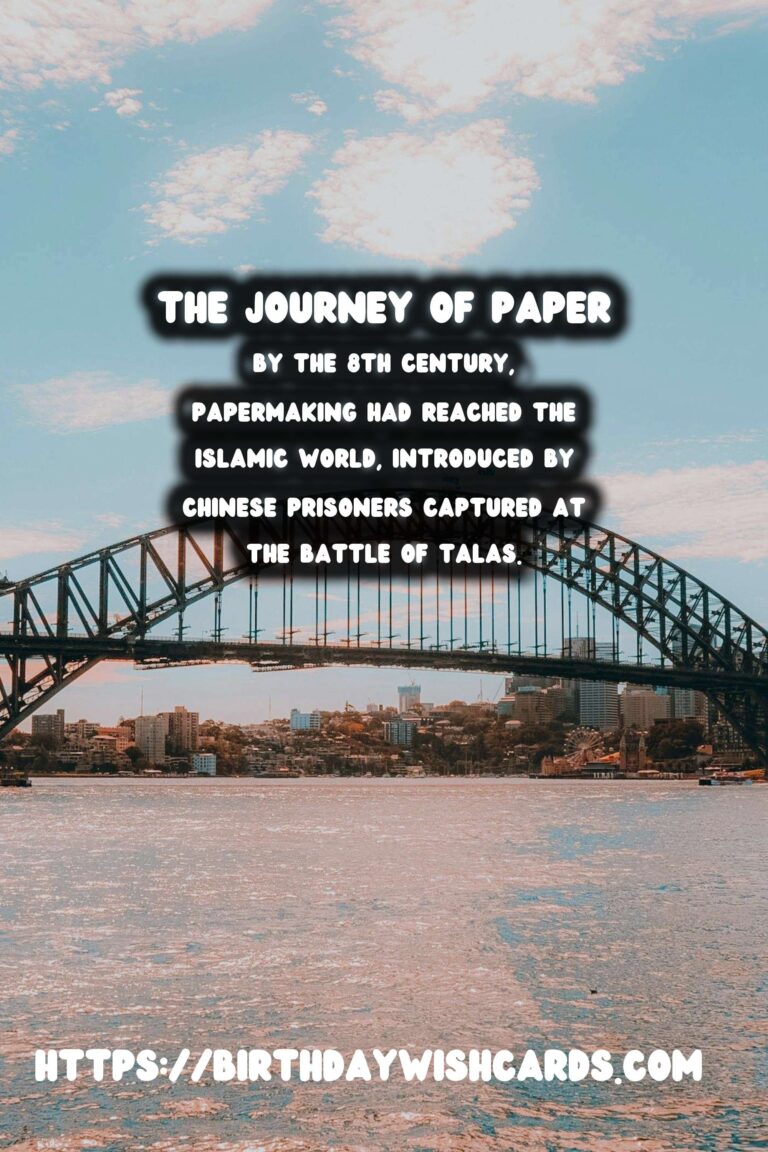
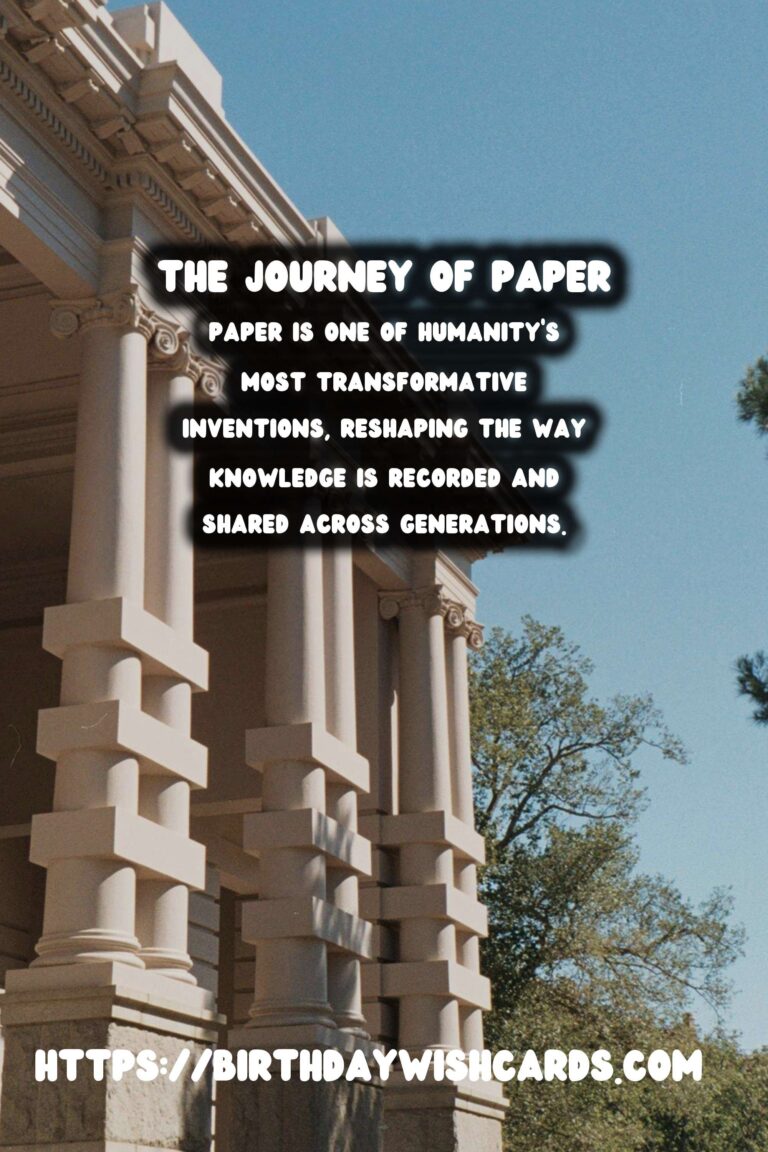

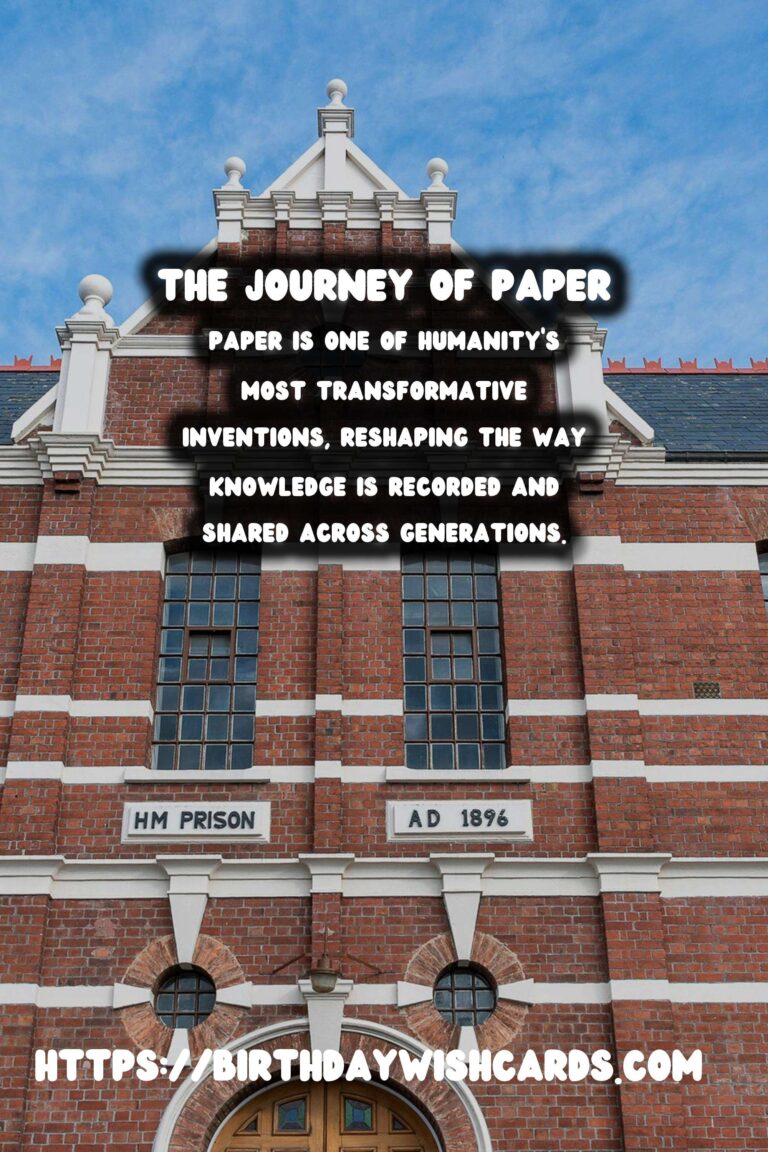
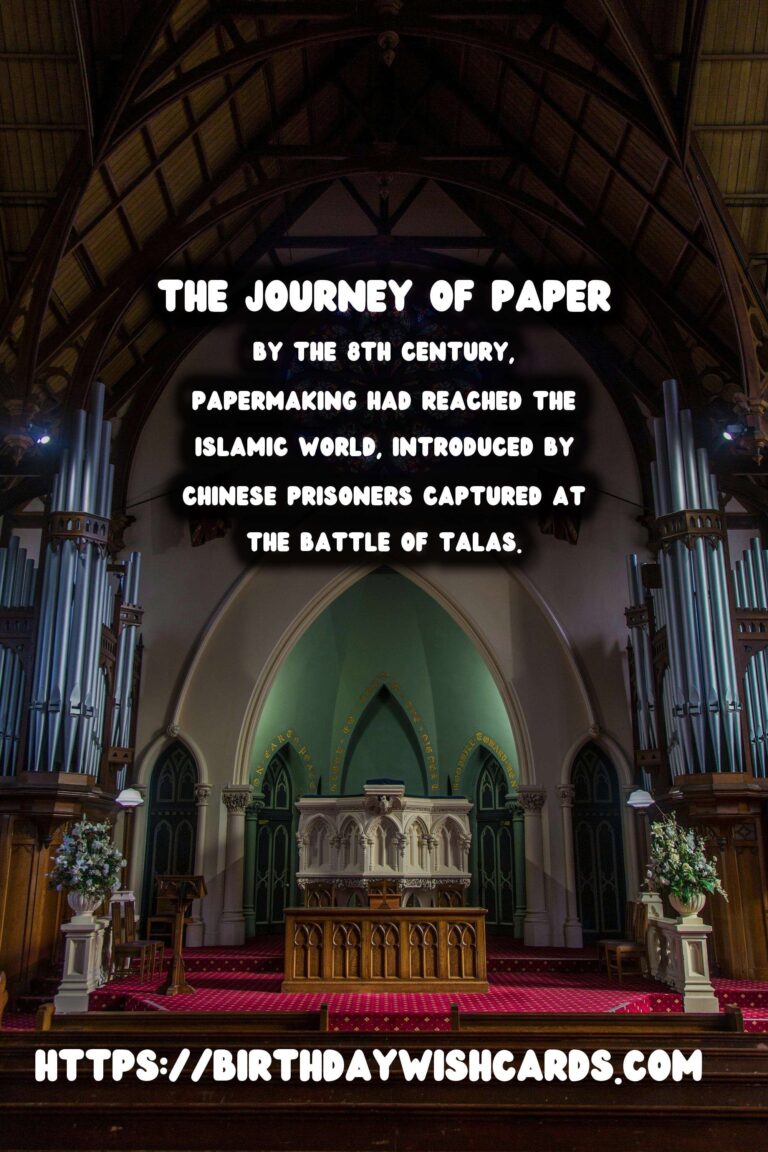
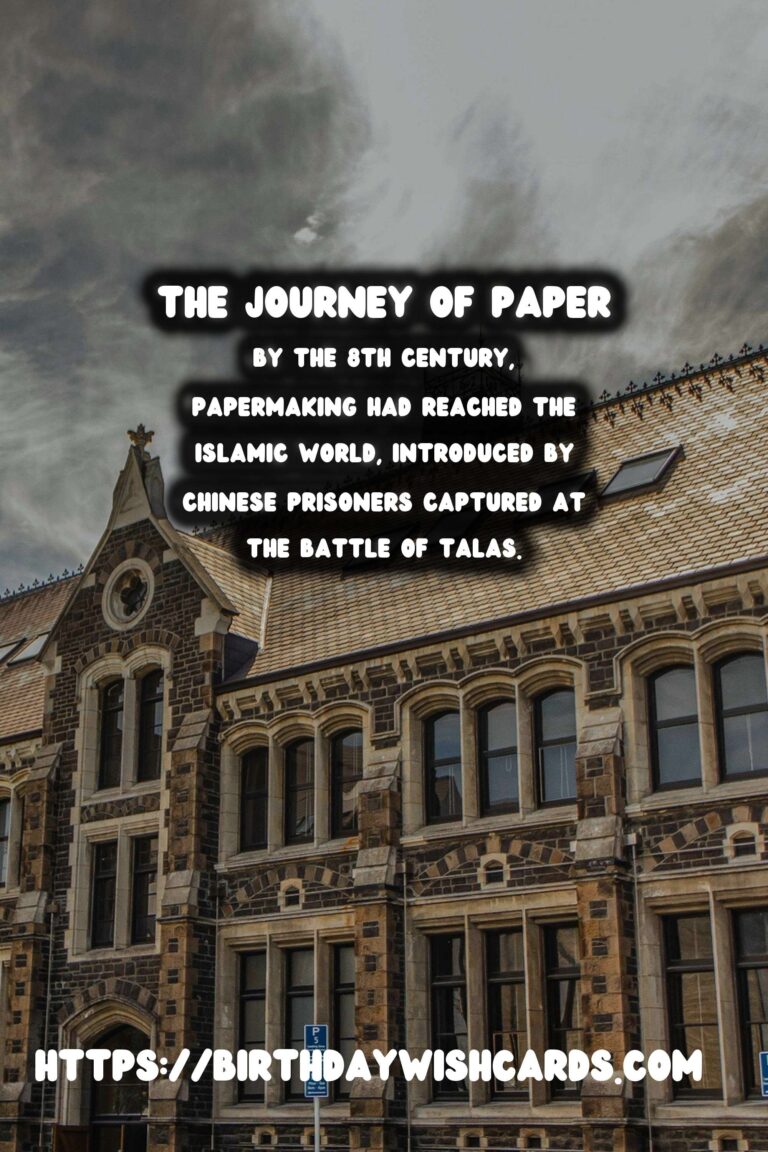
#history #culture




